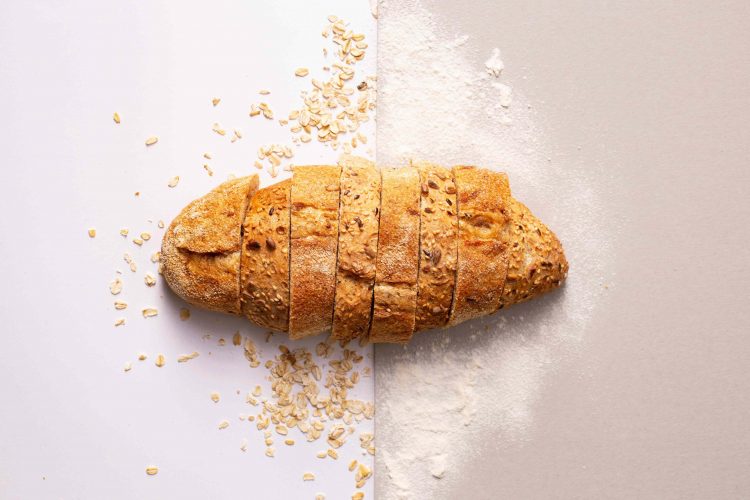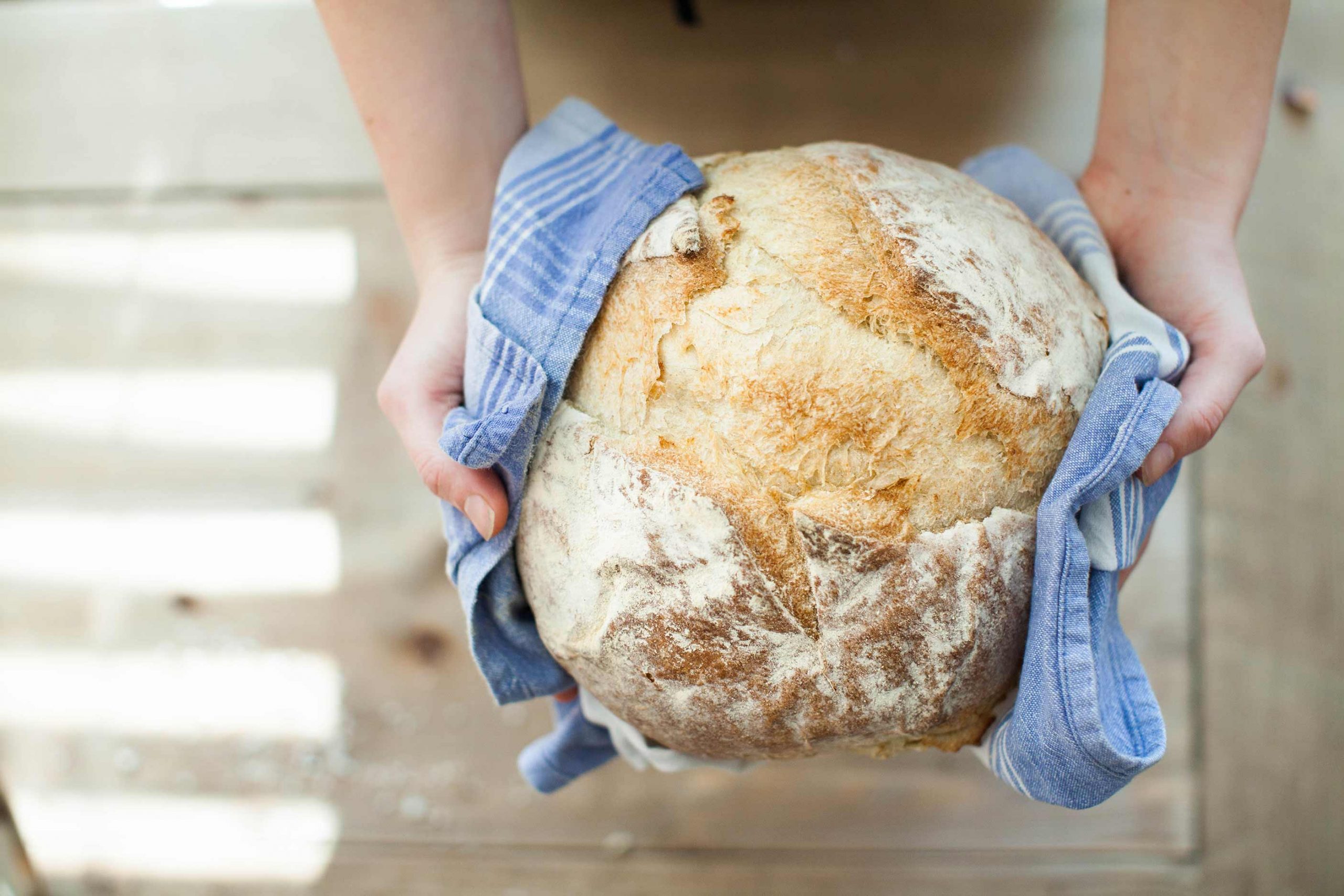Yeast is the main leavening, or raising agent, in bread that forms little air bubbles to give it a light and airy texture. Without yeast, most bread recipes won’t rise, so a shortage of yeast on supermarket shelves is a real hindrance to the nation’s many budding bakers.
And there are a lot of first-time bakers having a go at making bread; in fact, it’s the main reason for the yeast shortage in the first place. There’s still plenty of dried yeast in the supply chain, the problem is that it’s disappearing from shelves more quickly than it can be restocked.
So, what can you do if you’re feeling the urge to get baking but have no yeast to hand? Here are three ways you can get around the UK yeast shortage.
1) Make your own
We may have a shortage of dried yeast, but there is still plenty of yeast around. Some of the earliest examples of yeast being used to bake bread come from ancient Egypt – long before we ever had the technology to dry and package it into little sachets – and the ancient Egyptian methods of making yeast still work today.
Known as a ‘sourdough starter’, this method takes several days as the yeast needs time to cultivate, so if you want to bake some bread today, see points 2 and 3.
- To make a sourdough starter combine 50g of flour and 50ml of tepid water in a plastic container. Mix the ingredients together and leave, half-covered, at room temperature for 24hours.
- Return the next day and repeat the process. After 5 days of this, the mixture should look very active with lots of bubbles: this is a sign that you have active yeast. Once it’s ready it will start to smell like yoghurt.
- 24 hours before you want to use it, take out half the mixture and add another 100g of flour and 100ml of water, the other half can live in the fridge where it will go dormant until you start the process again.
- To use the starter, take a tablespoon of the mixture and combine with another 100g of flour and 100ml of water and leave it to proof in a warm dry place. The dough should rise nicely with all that natural yeast.

2) Try Soda Bread
Soda bread is one of the few ‘risen’ breads that doesn’t use any yeast. Instead, it uses bicarbonate of soda and an activating acid like lemon juice to make little air bubbles in the dough.
The use of soda as a leavening agent was developed by Native Americans, who used pearl ash from burnt wood as a source. This technology was later adopted by the Irish who found that using soda was cheaper and more efficient than using yeast because there is no need for proofing.
Check out the video below for a tutorial on how to make your own soda bread:
3) Ask your local baker
If soda bread just isn’t cutting it for you and you don’t want to go through the long process of making a sourdough starter, according to M’s Bakery in Bournemouth “you can always ask your local baker about spare yeast.”
The lack of yeast on the supermarket shelves is just a logistical issue. Most local bakers will get their dried yeast from a wholesaler so will probably have a steady supply. Of course, many bakeries are now closed to customers, but they might still be baking bread for deliveries. Get in contact and see if they have any yeast they can share!
For more ideas on passing the time in lockdown check out these articles on making scrubs and decorating your windows to support the NHS.








